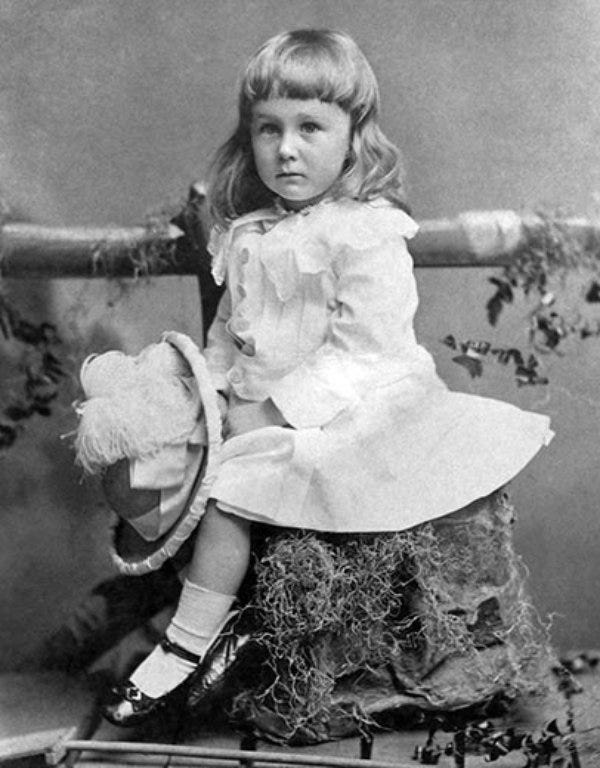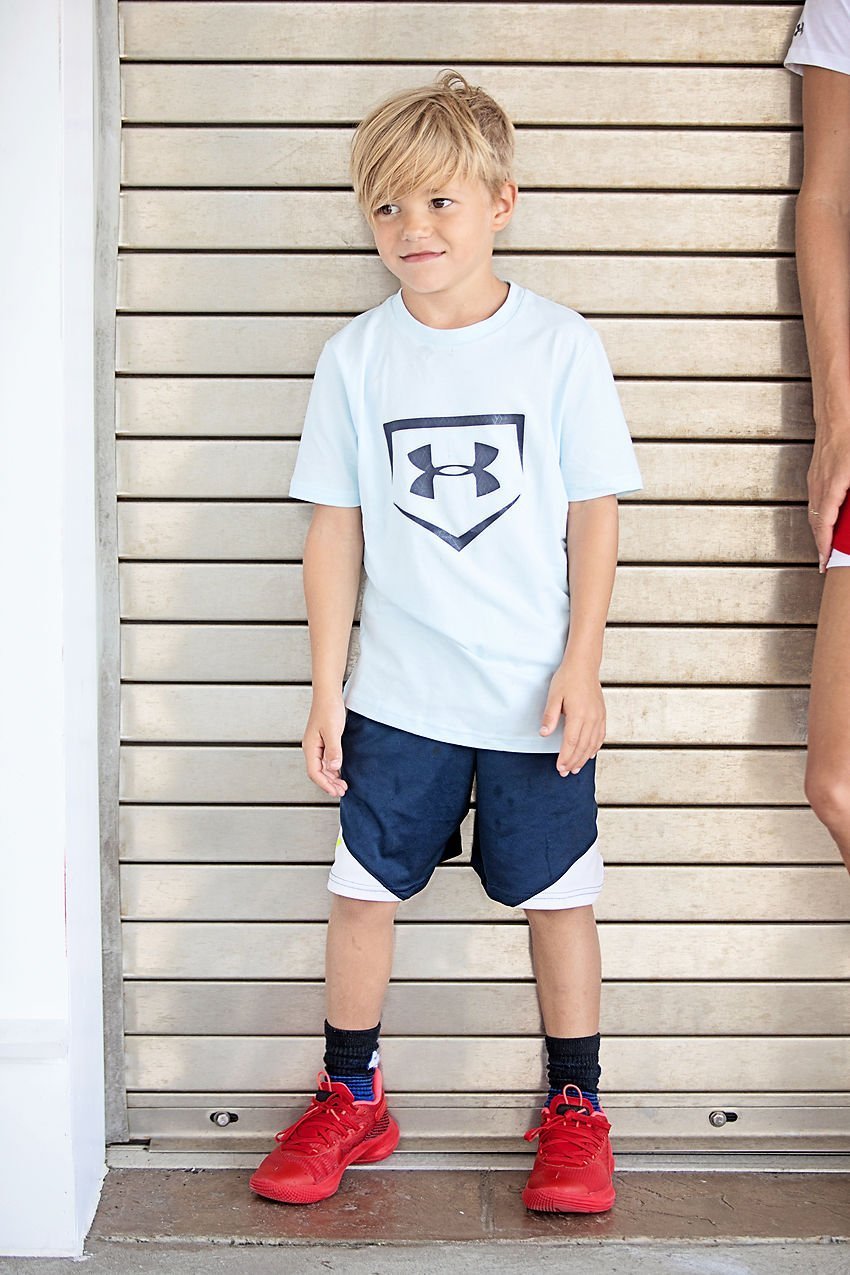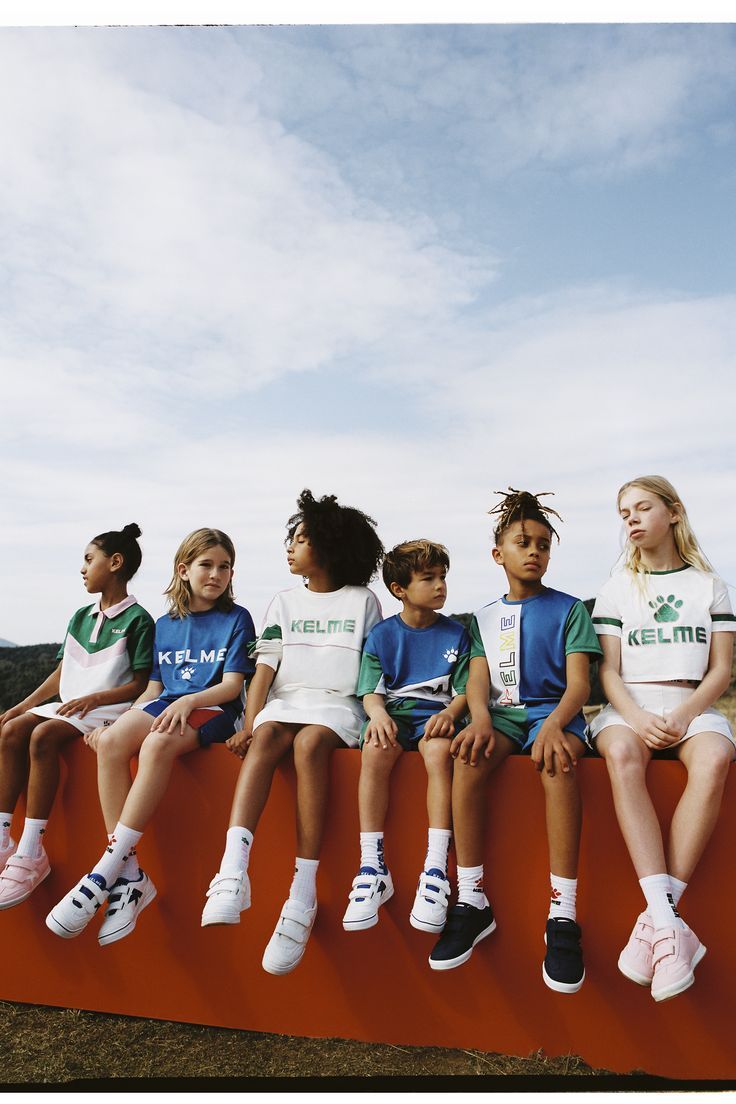Dressing active kids can be a delightful challenge, blending the need for comfort, durability, and style. As children explore the world around them, their clothing must keep up, providing the freedom to move while also reflecting their budding personalities. The evolution of children’s fashion highlights a fascinating journey from strictly functional garments to today’s versatile, trendy outfits. This article explores the rich history of kids’ fashion, how it has transformed over the centuries and offers practical tips for parents aiming to dress their active youngsters. By understanding past trends and current innovations, parents can ensure their children are always ready for play, learning, and adventure. Let’s delve into the world of fashionable and functional clothing choices for active kids.

The Evolution of Kids’ Fashion: A Brief History
Children’s fashion has come a long way from its early days when practicality and simplicity were the primary concerns. In the 18th century, kids’ clothing was essentially miniature versions of adult attire, with little distinction between the styles of different ages. Boys wore breeches and coats, while girls donned elaborate dresses, often limiting their ability to play and explore freely. This era reflected societal norms where children were expected to behave like small adults, mirroring the responsibilities and decorum of their elders.
The 19th century saw a shift towards more child-centric designs, thanks to the Industrial Revolution and the rise of the middle class. Clothes became more practical, with simpler designs allowing for greater movement. Introducing items like the sailor suit for boys and the smock dress for girls signaled a departure from strict formality. This period marked the beginning of recognizing childhood as a distinct phase of life, with its unique needs and behaviors.


The 20th Century: From Function to Fashion
The 20th century brought about significant changes in children’s fashion, paralleling broader societal shifts. The early decades saw a focus on durability and ease of movement, with clothing made from sturdier fabrics that could withstand rough play. The advent of mass production made clothes more affordable, allowing families to purchase more varied wardrobes. Brands like OshKosh B’gosh and Carter’s emerged, emphasizing the practicality and durability required for active kids.
As the century progressed, children’s fashion began to mirror adult trends more closely. The 1960s and 70s introduced a wave of vibrant colors, bold patterns, and a more relaxed fit, reflecting the era’s cultural revolution. The influence of media and celebrities also started to play a significant role in shaping kids’ fashion. By the end of the century, the industry had established itself as a distinct sector, with specialized designers and brands focusing on children’s clothing that combined style with functionality.


Practicality Meets Style: Modern Trends in Kids’ Fashion
Today’s kids’ fashion is a harmonious blend of style and functionality, catering to the diverse needs of active children. Performance fabrics like moisture-wicking and breathable materials are now commonplace, ensuring that kids remain comfortable during their activities. Brands like Nike and Under Armour have created lines specifically for children, incorporating the same technology used in adult sportswear. These advancements mean that kids can look stylish while enjoying the freedom to move and play.
The current trend also emphasizes versatility. Parents and designers alike appreciate clothing that can transition seamlessly from school to playdates and extracurricular activities. Items like leggings, joggers, and graphic tees are popular choices due to their comfort and adaptability. The rise of gender-neutral clothing further simplifies shopping for parents and encourages children to express their individuality without the constraints of traditional gender norms.


Practical Tips for Parents: Dressing Active Kids
When it comes to dressing active children, the goal is to balance style with practicality to ensure they are ready for any activity. Parents need to consider the versatility and adaptability of their children’s wardrobes to handle everything from school to sports to playdates. Comfort is paramount, but it’s also important to select clothing that stands up to the wear and tear of an active lifestyle. Beyond just looking good, kids’ clothes should be easy to put on and take off, promoting independence in dressing. Additionally, the right outfit can boost a child’s confidence and self-expression, making fashion a fun and functional part of their daily lives. Here are some practical tips to help parents navigate the process:
- Choose the Right Fabrics
- Opt for materials like cotton, which is soft and breathable, ensuring comfort for active play.
- Consider blends that include spandex for added stretch, allowing for greater freedom of movement.
- Avoid fabrics that are too stiff or restrictive, which can hinder your child’s activities and lead to discomfort.
- Prioritize Durability
- Select clothing made from sturdy fabrics that can withstand the wear and tear of rough play.
- Look for reinforced seams and double stitching, especially in high-stress areas like knees and elbows.
- Choose brands known for their durability and quality, as these garments often last longer and provide better value over time.
- Simplify with Minimal Embellishments
- Avoid clothes with excessive embellishments, such as sequins or large buttons, that could cause discomfort or become safety hazards.
- Choose simple, streamlined designs that focus on function and comfort.
- Ensure that any decorative elements are securely attached and do not interfere with the child’s activities.
- Ensure Ease of Movement
- Select clothing that allows for a full range of motion, such as leggings, joggers, and stretchy fabrics.
- Avoid overly tight or restrictive clothing that can limit your child’s ability to move freely.
- Prioritize designs that accommodate active play, such as elastic waistbands and relaxed fits.
- Embrace Layering
- Start with a moisture-wicking base layer to keep sweat at bay and maintain comfort during active play.
- Add an insulating middle layer, like a fleece or lightweight sweater, to provide warmth without bulk.
- Finish with a weather-appropriate outer layer, such as a waterproof jacket, to protect against the elements and ensure readiness for various conditions.
By following these practical tips, parents can ensure that their active children are dressed comfortably, safely, and stylishly, ready to take on any adventure that comes their way.


Investing in Quality: Long-term Benefits
While it might be tempting to opt for cheaper clothing options, investing in quality pieces can offer better long-term value. High-quality clothes are typically more durable, standing up to the wear and tear of an active child’s lifestyle. Brands that specialize in children’s wear often incorporate reinforced seams and stronger fabrics, which can endure frequent washing and rough play. This durability means fewer replacements and, ultimately, cost savings over time. Quality pieces also tend to maintain their appearance and fit longer, reducing the need for frequent shopping trips.
Additionally, higher-quality clothing often includes features designed specifically for children. Adjustable waistbands, reinforced knees, and easy-to-use fastenings like Velcro and snap buttons make dressing easier for both parents and kids. These thoughtful details enhance the overall functionality of the clothing, ensuring that it can keep up with even the most energetic children. High-quality fabrics and construction can also offer better protection against the elements and provide comfort in varying weather conditions. Investing in quality ensures that children’s clothing remains practical and stylish throughout its use.


Encouraging Self-Expression Through Fashion
Fashion is not just about practicality; it is also a powerful tool for self-expression. Encouraging children to choose their outfits can help foster their creativity and independence. Provide them with options that allow them to mix and match according to their preferences. This can include vibrant colors, fun patterns, and favorite characters, all of which can make dressing a fun and engaging activity.
Letting kids have a say in their clothing choices can also boost their confidence. When children feel good about what they’re wearing, it can positively impact their mood and behavior. Parents need to strike a balance between guiding their choices to ensure practicality and allowing them the freedom to express their personalities. This approach not only makes daily dressing routines smoother but also helps children develop a sense of personal style from a young age.

In conclusion, the evolution of kids’ fashion reflects broader changes in societal attitudes towards childhood and the importance of balancing style with functionality. From the days of miniature adult clothing in the 18th century to the vibrant, child-centered designs of today, children’s fashion has undergone a remarkable transformation. This journey mirrors society’s growing recognition of childhood as a unique and crucial phase of life, deserving of its own identity and needs. As fashion has evolved, so too has our understanding of how clothing can impact a child’s comfort, confidence, and ability to explore the world. In embracing both the rich history and modern advancements of kids’ fashion, parents can ensure their children are always ready for any adventure, comfortably and stylishly. The key is to balance practicality with the joy of self-expression, creating a wardrobe that not only meets the demands of an active lifestyle but also celebrates the unique spirit of each child.




